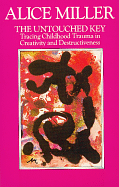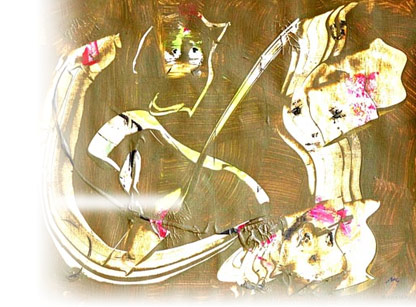The Untouched Key
Tracing Childhood Trauma in Creativity and Destructiveness
Virago, 1990

As in her former books, Alice Miller again focusses on facts. She is as determined as ever to cut through the veil that, for thousands of years now, has been so meticulously woven to shroud the truth. And when she lifts that veil and brushes it aside, the results are astonishing, as is amply demonstrated by her analyses of the works of Nietzsche, Picasso, Kollwitz, Keaton and others. With the key shunned by so many for so long – childhood – she opens rusty looks and offers her readers a wealth of unexpected perspectives.What did Picasso express in “Guernica”? Why did Buster Keaton never smile? Why did Nietzsche heap so much opprobrium on women and religion, and lose his mind for eleven years? Why did Hitler and Stalin become tyrannical mass murderers? Alice Miller investigates these and other questions thoroughly in this book. She draws from her discoveries the conclusion that human beings are not “innately” destructive, that they are made that way by ignorance, abuse, and neglect, particularly if no sympathetic witness comes to their aid. She also shows why some mistreated children do not become criminals but instead bear witness as artists to the truth about their childhoods, even though in purely intuitive and unconscious ways.
It is Dr. Miller’s goal to encourage these sympathetic witnesses, to lend them support, and to inform them about the worldwide and ignored plight of children, for she thinks that only by confronting the truth that has been avoided from time immemorial can human beings be saved from blind destruction and self-destruction. This discovery is eloquently illustrated in the last section of “The Untouched Key”, wherein the story of Abraham and Isaac and the story of “The Emperor’s New Clothes” are retold to reveal their profound meaning.
- From Rage to Courage
- Free From Lies
- The Body Never Lies
- The Truth Will Set You Free
- Paths of Life – Seven Scenarios
- Breaking Down the Wall of Silence
- The Drama of the Gifted Child
- Banished Knowledge
- The Untouched Key
- Pictures of a Childhood
- Thou Shalt Not Be Aware
- For Your Own Good
- Prisoners of Childhood

